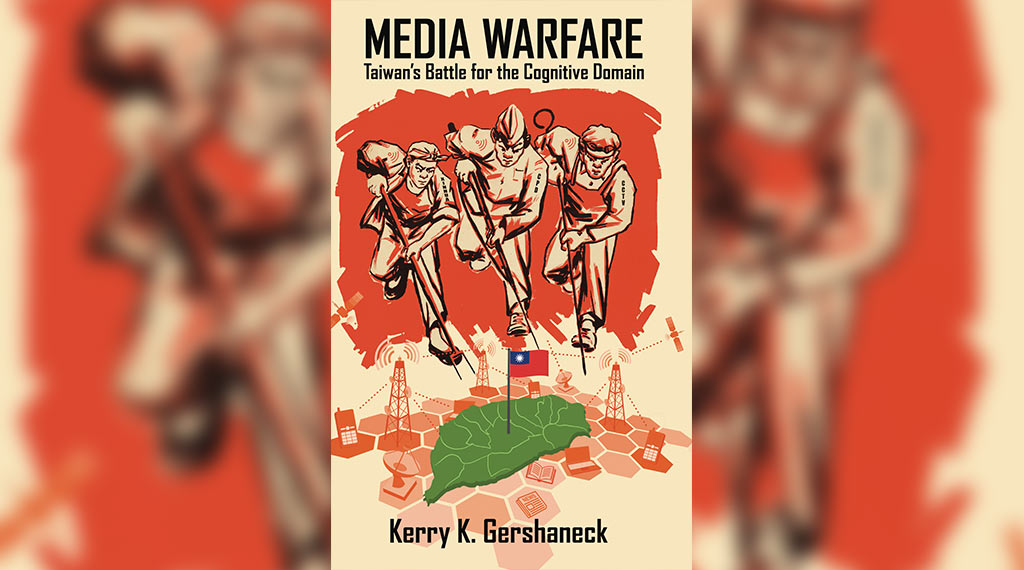Beijing leverages Media Warfare to influence public and government opinion in Taiwan

Media warfare, also known as Public Opinion Warfare, leverages all instruments that inform and influence an adversary’s public and government opinion.
Can the People’s Republic of China (PRC) invade and conquer Taiwan? Experts differ, but the current debate considers only the military balance—and whether the People’s Liberation Army (PLA) has the weapons, hardware, and capabilities to get ashore, defeat Taiwan’s military, and force Taipei to surrender.
Latest posts by Grant Newsham (see all)
- Newsham Breaks Down Latest China–Japan Standoff Near Senkakus Islands - December 4, 2025
- China’s Act of War Against PM Takaichi and Japan - November 24, 2025
- Panel Discussion: Are H-1B Visa Holders Replacing US Workers? - November 18, 2025
